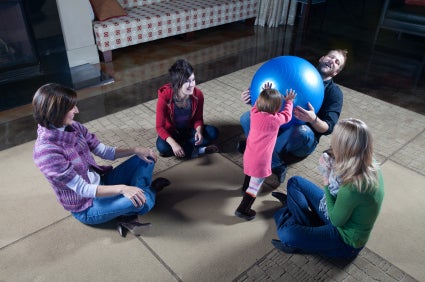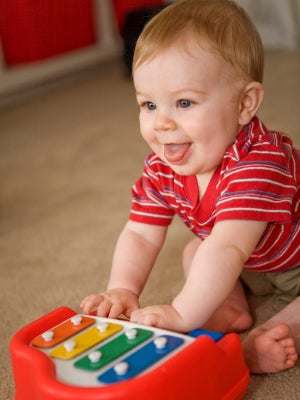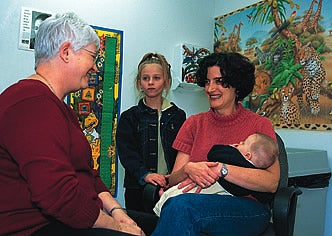Feedback
Feedback Your feedback is important to us. Your comments will be used to improve the Infant Toddler Temperament Tool.
Feedback Your feedback is important to us. Your comments will be used to improve the Infant Toddler Temperament Tool.

Note: You can print this page if you would like to fill in the reflection sections. Child: Micah, 22 months oldAdult: Ms. Mitchell, Micah’s childcare provider for the last 6 months Child’s likes and dislikes collected through observation and interview: Loves vehicles Likes to use his bear as a comfort item Likes to stay close by to …

Materials needed Laptop or computer access for each participant Spiraled notebooks, paper and pen for journaling notes, 1 per participant Printer or printing access on site Copies of the Micah and Ms. Mitchell case study for each participant (optional) Consultant Preparation Prior to using the tool with parents and caregivers, you are encouraged to visit the childcare …
Temperament Traits Dimensions Typical Behavioral Indicator The Adult… The Child… Activity Level refers to the general level of motor activity when one is awake or asleep. Motor activity involves large and small muscle movement like running, jumping, rolling over, holding a crayon, picking up toys. etc. High Activity has difficulty sitting still. is squirmy and active. …

Temperament is an important feature of social and emotional health. Temperament describes the way we approach and react to the world. It is our own personal “style” that is present from birth. There are three general types of temperaments often referred to as easy-going, slow-to-warm, and active. Easy-going children are generally happy, active children from …

Early Childhood Mental Health Consultation is intended to support parents and caregivers in developing an increased awareness and understanding of the impact of their interactions on a child’s social-emotional well being, thereby increasing nurturing caregiving practices. This resource is designed to support your work as an early childhood mental health consultant. You can use this …
For Mental Health Consultants Mental health consultants provide a range of services and supports to Head Start staff and families. These toolkits describe evidence-based approaches to promoting young children’s social emotional development within center-based programs and preventing the escalation of problem behaviors. When children present with challenging behaviors, mental health consultants can play a critical …
The Infant Toddler Temperament Tool (IT3) was developed for the Center for Early Childhood Mental Health Consultation, an Innovation and Support Project funded by the Office of Head Start. The Infant Toddler Temperament Tool includes a short online survey that allows parents and caregivers of infants and toddlers to recognize and explore their own temperament …
Stress is natural and can be inevitable. But stress can take a toll on your health and effectiveness as an early childhood educator or parent. It impacts the quality of care that you can give. When you are too stressed it is difficult to offer the praise, nurturance, and structure your children need. Please use …

Creating Teaching Tools for Young Children with Challenging Behavior We adapted Creating Teaching Tools to provide you and other teachers with practical strategies that we know to be successful in helping young children with problem behavior. These strategies come from our research activities and experiences in Positive Behavior Support. Click here to find more information …